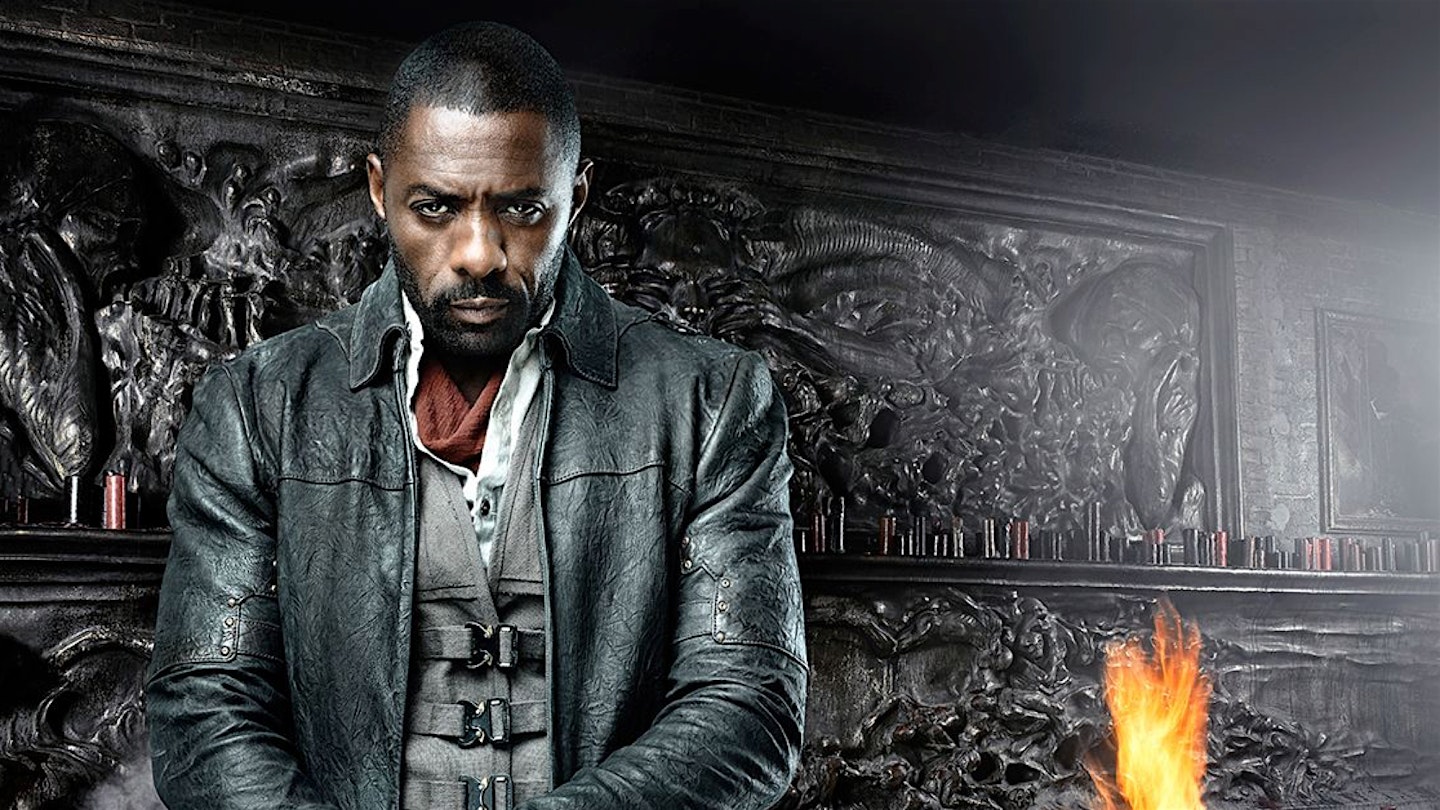You can go a long way, as many a member of the English aristocracy will happily attest, with a good title. And with The Good, The Bad and The Ugly (II Buono, II Brutto, II Cattivo) Sergio Leone certainly found one for the concluding film in his Dollars trilogy. Undoubtedly, it's hard to imagine the film having had quite the same impact with its original working title, The Two Magnificent Tramps, although, in fairness, posterity would have been spared some quite gruesome wordplay (raise a glass, if you must, to George Best's autobiography, The Good, The Bad And The Bubbly). More than this, however, it's a title with a pleasing irony and one which encapsulates the dark nihilism which made the film so unpopular with many US critics.
For despite the superficial demarcation between The Good, Blondie (Eastwood), The Bad, Angel Eyes (Van Cleef) and The Ugly, Tuco (Wallach), it's clear from their opening freeze-frame introductions that these men are united by their greed and virtually shorn of any humanity. As if to emphasise the point, the original US trailer even confused Van Cleef as the Ugly and Wallach as the Bad. Futhermore, by setting his story of three renegades all searching for buried gold against the backdrop of the US Civil War, Leone makes a mockery of any conception of good and evil.
A war which in one day alone saw more Americans killed than in the entire Vietnam conflict negates any notion of humanity in Leone's eyes. As well as pointing out the lack of moral distinction between his three main characters, he goes to great lengths to show both North and South as equally reprehensible in a pointless war. When Tuco salutes a column of grey soldiers whom he believes to be Confederates only to see them brush off the dust and reveal themselves as Yankees, the implication that there is nothing to choose between the two sides is abundantly clear.
Similarly, Leone took pains to ensure that the camp in which Tuco and Blondie are subsequently imprisoned and tortured is run by the victorious Union side.
The Betterville camp, where a group of musicians are forced to play to mask the screams of torture victims, has obvious parallels with Nazi concentration camps, but it was inspired by the notorious — and very American — Andersonville prisoner-of-war camp. Run by the Confederates in Georgia, this camp was witness to slaughter, starvation and even cannibalism, a dark secret of a bitter civil war. Leone's decision to make Betterville a Union-run establishment — to emphasise his distrust of the winner's view of history — managed to penetrate deeply into the nasal passages of most US critics. The irony that this extremely violent condemnation of war was shot largely in Spain, and therefore with the cooperation of General Franco, only muddies the moral waters further.
If the moral issues tackled by Leone placed him firmly in the tradition of John Ford, the production disasters which befell the film evoked the spirit of Mack Sennett. Eli Wallach later claimed he narrowly avoided decapitation in the scene where a train severs his handcuffs, and almost drank acid handily left in a water bottle. The key action scene of the film — the blowing-up of the 200 yard long Langstone bridge in the
middle of a Civil War battle sequence — was a calamity masterclass. A Spanish army captain, given the honour of detonating the charge, misheard the word "Vaya" (meaning "go") and blew it up before any of the three cameras were in position.
He coaxed a superb performance out of Eli Wallach, who eclipsed Eastwood (as the star had feared he would) and was blessed with one of the most memorable soundtracks of all time, penned by his old schoolfriend, Ennio Morricone. The distinctive riff — Morricone's attempt to replicate the cry of a coyote — was covered by Hugh Montenegro and reached Number 1 in the UK. The film also contributed to another hit tune when Big Audio Dynamite sampled the reading of Tuco's charge sheet for Medicine Show. Leone's reputation in the States was enhanced by the film's box office success, and the title found its way into the popular lexicon thanks largely to Bobby Kennedy, who first used the phrase in a campaign speech.
Nevertheless, The Man With No Name fell out with his director shortly afterwards and Eastwood never worked with Leone again. Aptly enough, after their final collaboration, the source of their dispute was a simple one: money.
